Table of Contents
Mercedes-AMG M157 5.5 L Biturbo V8 (2010–2019): Complete Guide
The Mercedes-AMG M157 engine, introduced in 2010, was AMG’s first 5.5 L biturbo V8. It powered flagship models including the S63, E63, CLS63, G63, and SL63. Based on the M278 architecture but tuned for performance, the M157 delivered 525–585 hp and up to 900 Nm of torque making it one of AMG’s most iconic powerplants of the last decade.
This article covers everything you need to know about the M157 AMG engine: reliability, specifications, oil capacity, common problems, recommended maintenance, and the Mercedes models that used it.
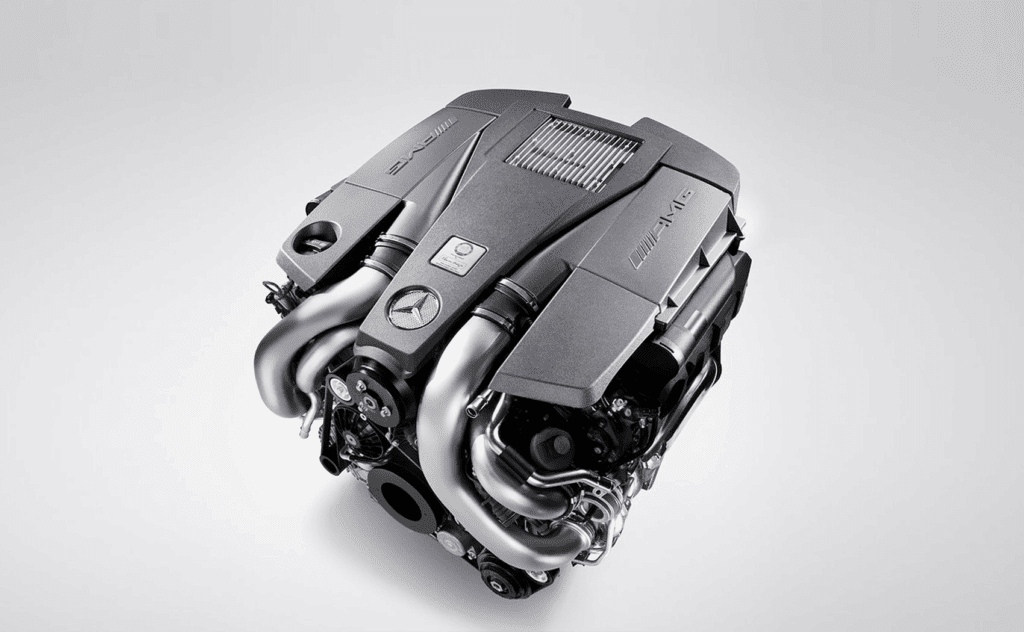
For a full overview of all Mercedes engines, see our Mercedes Engine Types Hub.
M157 Engine Overview
The M157 combined brute force with modern AMG engineering. Forged internals, direct injection, and twin Garrett turbos made it a performance benchmark. While it’s more reliable than its predecessor, the naturally aspirated M156 V8, it still requires attentive maintenance to stay healthy.
M157 Engine Reliability
The M157 is generally regarded as a robust AMG engine when properly maintained. Key highlights:
- Strengths: forged internals, advanced fuel injection, strong torque delivery.
- Maintenance sensitive: thrives on high-quality 0W-40 oil, short warm-up times, and regular servicing.
- Weak points: timing chain components, camshaft adjusters, and valve cover gaskets.
Compared to the M156, the M157 is often considered more durable, especially in torque handling and thermal management.

M157 Engine Specifications
| Specification | Details |
|---|---|
| Displacement | 5,461 cc (98 × 90.5 mm) |
| Power Output | 525–585 hp (varies by model/tune) |
| Torque | 700–900 Nm |
| Valvetrain | DOHC, VVT, direct injection (piezoceramic injectors) |
| Turbochargers | Twin Garrett MGT2260MSL, up to 1.3 bar boost |
| Block / Head | Aluminum alloy with forged internals |
| Oil Capacity | ~8.5 L (0W-40 recommended) |
| Transmission | AMG SPEEDSHIFT MCT 7-speed / 7G-Tronic |
Performance highlight: with the AMG Performance Package, the M157 reached 577 hp and 900 Nm, putting it on par with supercars of its era.
M157 Oil Capacity & Importance
The M157 holds ~8.5 liters (9 quarts) of oil including the filter. High-performance V8s like this demand frequent oil changes with MB 229.5-approved synthetic oil.
- – Normal use: change every 10,000 miles.
- – Hard use (track, spirited driving): shorten interval to 5,000–7,000 miles.
Skipping oil services or using incorrect oil can lead to premature turbo wear and internal scoring.
Common M157 Engine Problems & Fixes
| Problem | Symptoms | Fix / Maintenance |
|---|---|---|
| Timing chain & tensioner wear | Ticking, rattling (esp. high mileage) | Replace chain, guides, tensioners (100k–150k mi) |
| Coolant & water pump leaks | Overheating, coolant loss | Replace seals, inspect hoses & pump |
| Oil leaks (valve covers/filters) | Oil smell, puddles under car | Replace gaskets, check filter housing |
| Cylinder scoring (esp. 1 & 5) | Misfire, low compression | Compression test; engine rebuild if severe |
| Camshaft solenoid/sensor faults | CEL, rough idle, no-start | Replace faulty solenoids/sensors |
| Thermostat & coolant flap failure | Erratic temps, heat cycles | Replace before overheating |
| Turbocharger wear | Whining, reduced boost | Inspect hoses, intercooler; rebuild/replace turbos |
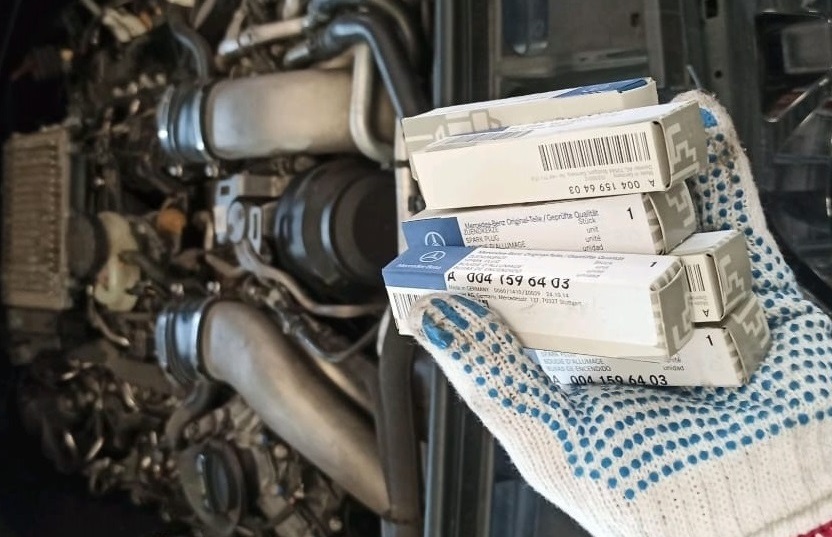
Learn about a case study in Mercedes ML Equipped with M157 Engine in the following article
Engine Check Light Was On: Here’s What Really Caused It
Recommended Maintenance for the M157
- Oil & filter: every 10,000 mi (or sooner under hard use).
- Spark plugs: every 30,000–40,000 mi.
- Timing chain inspection: 100,000–150,000 mi.
- Cooling system check: thermostat, water pump, hoses at each major service.
- Compression test: if misfires or performance drop.
- Turbo inspection: check boost levels and hoses regularly.
- Gaskets & seals: replace at first signs of leaks.
Cars Equipped with the M157 Engine
The AMG M157 powered many Mercedes flagships from 2011–2019:
- E63 AMG (W212) – Sedan & wagon, RWD or 4MATIC.
- CLS63 AMG (W218) – Stylish coupe-sedan.
- S63 AMG (W221 & early W222) – Luxury flagship.
- CL63 AMG (C216) – Grand touring coupe.
- G63 AMG (W463 pre-2018) – Legendary SUV.
- ML63 AMG (W166) – Performance SUV.
- GL63 AMG (X166) – 7-seat AMG powerhouse.
- SL63 AMG (R231 pre-facelift) – Open-top V8 thrill.

M157 vs Other Mercedes V8 Engines
| Engine | Layout | Years | Pros | Cons |
|---|---|---|---|---|
| M156 | 6.2L NA V8 | 2006–2011 | Naturally aspirated sound, iconic | Camshaft wear, head bolt failures |
| M157 | 5.5L Biturbo V8 | 2010–2019 | High torque, stronger reliability | High maintenance costs |
| M177/M178 | 4.0L Biturbo V8 | 2015–Present | Compact, efficient, modern | Early turbo issues, expensive |
Related reads: M273 Engine, M278 Engine, M177 Engine, M178 Engine
FAQs : Mercedes-AMG M157 Engine
Q1: Is the M157 engine reliable?
Yes, when maintained properly. It’s more reliable than the M156 but requires strict servicing.
Q2: How much oil does the M157 hold?
Approximately 8.5 liters including filter, using 0W-40 MB 229.5-spec oil.
Q3: What is the most common issue with the M157?
Timing chain wear and oil leaks are the most reported problems, especially on higher-mileage vehicles.
Q4: Which AMG models had the M157 engine?
E63, CLS63, S63, CL63, G63, ML63, GL63, and SL63 (2011–2019).
Q5: Is the M157 better than the M156?
Yes, in terms of torque and durability. The M157’s biturbo design makes it more efficient and powerful.
Conclusion: Should You Own a Mercedes with the M157?
If you want explosive V8 performance, AMG pedigree, and long-distance comfort, the M157 is one of the best choices in AMG history.
It demands higher maintenance costs, but in return you get a reliable, high-torque twin-turbo V8 that can still keep up with modern supercars.
Regular servicing, correct oil, and preventive care will ensure this engine delivers thrills for years to come.
Explore all other Mercedes engine types here.
Author
Written by Mercedes Expert
With years of hands-on experience diagnosing and repairing Mercedes-Benz systems, he brings technical depth and practical case studies to help car owners, technicians, and enthusiasts troubleshoot complex automotive issues. His work focuses on clear repair guides, OEM-level procedures, and knowledge-sharing to empower both professionals and drivers.
Last Updated: September 2025

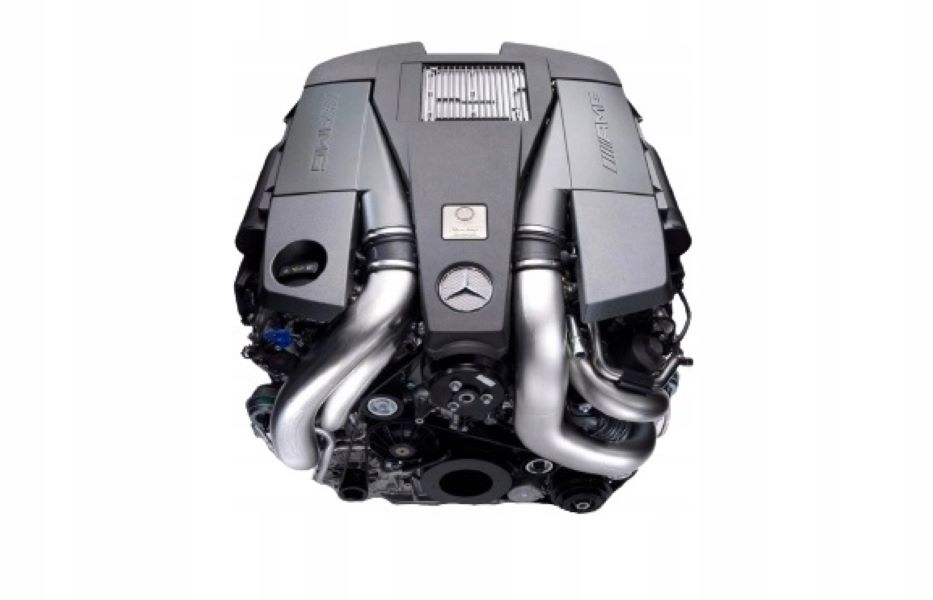
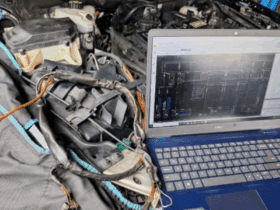
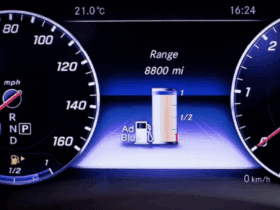

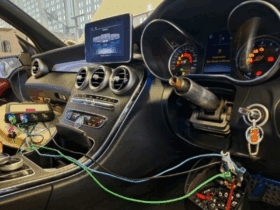
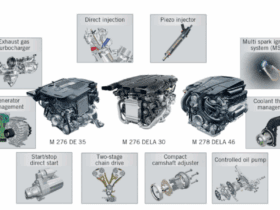
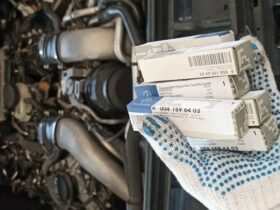
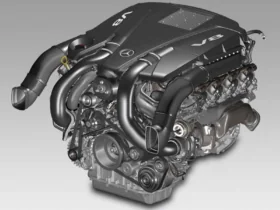
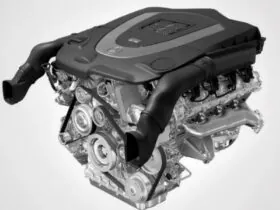
Leave a Reply